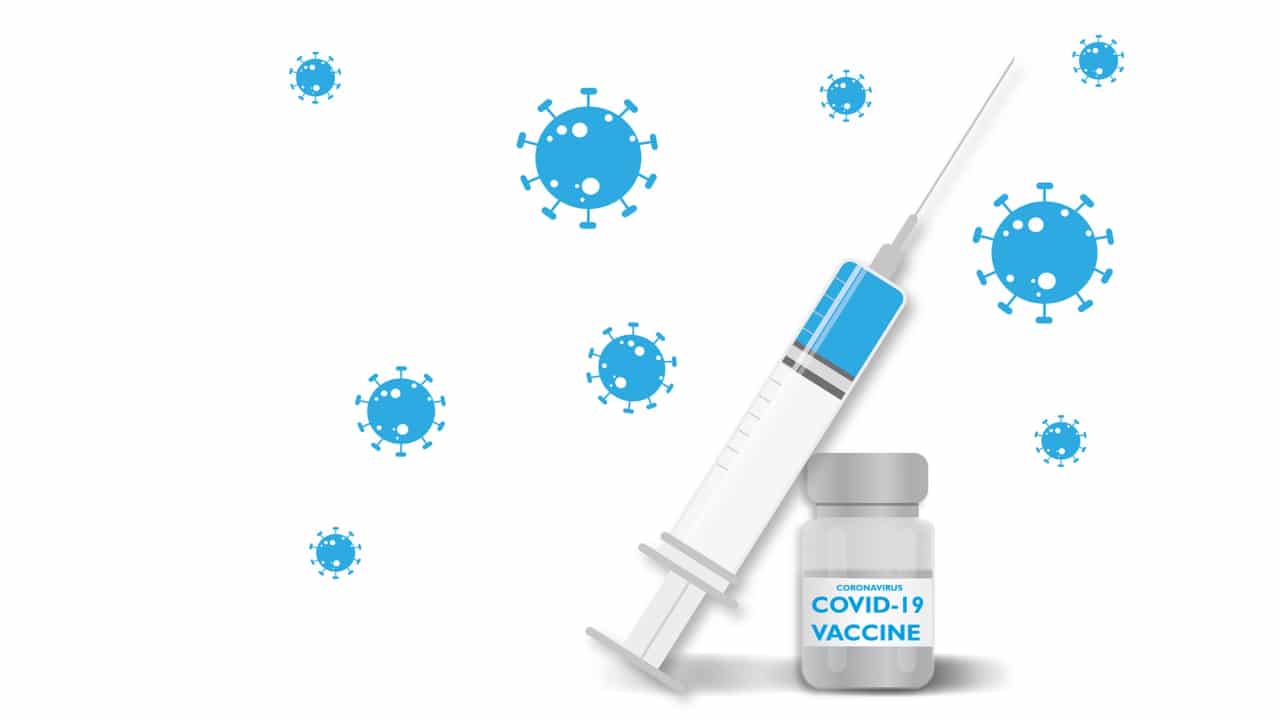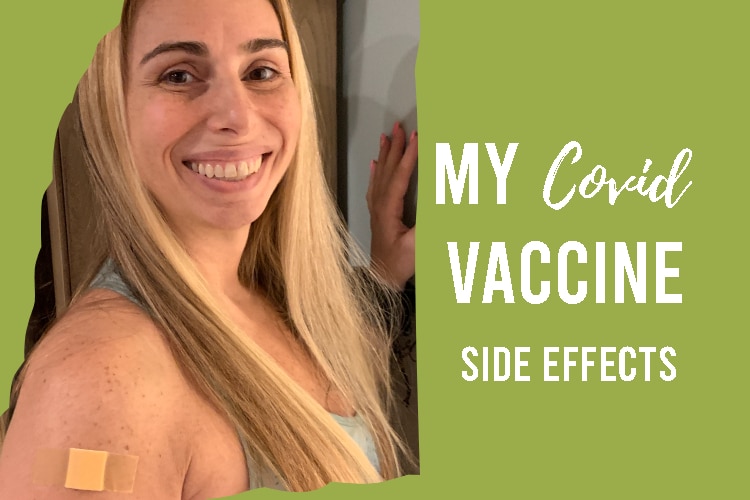
Can the COVID-19 Virus Have Long Term Side Effects?
According to many medical journals and popular medical websites like the Mayo Clinic COVID-19, symptoms caused by the virus can last for months. Medical documentation had said that the virus has the ability to damage the lungs, heart, and even cause damage to the brain. Causing dame to these three vital parts of the body can increase the chance you causing these individuals vital health problems in the future.
Most people who contract COVID-19 fully cover in a few weeks. But some individuals even people who got mild strains of the covid-19 virus continue to feel symptoms after they fully recover.
The medical community refers to this as a post-COVID-19 syndrome or “long COVID-19.”
People who are older or people with many serious medical conditions are the most likely to symptoms after they fully recover from COVID-19. Even some young individuals have experienced this too.
Table of Contents
Symptoms of Post COVID-19
- Fatigue
- Shortness of breath
- Cough
- Joint pain
- Chest pain
Long-term Symptoms of Post COVID-19
- Muscle pain
- Headache
- Fast or pounding heartbeat
- Loss of smell or taste
- Memory loss
- Concentration problems
- Sleep problems
- Rash
- Hair loss
Organ Damage Caused by COVID-19
Many people don’t realize that even though the COVID-19 virus primarily affects the lungs, it is has been known to damage many other organs as well. It also has the capability to increase the risk of long-term health problems. Organs that may be affected by COVID-19 include:
Heart
COVID-19 can cause lasting damage to the heart muscle, even in people who experienced only mild COVID-19 symptoms. This may increase the risk of heart failure or other heart complications in the future.
Lungs
The type of pneumonia often associated with COVID-19 can cause long-standing damage to the tiny air sacs called the alveoli located in the lungs. The resulting scar tissue can lead to breathing problems that can last a long time.
Brain
Even people who are young can experience strokes, seizures, and Guillain-Barre syndrome all caused by COVID-19.
Blood Vessel Problems and Blood Clot Problems
COVID-19 can make blood cells more likely to clump up and form clots. Large clots can cause heart attacks and strokes, much of the heart damage caused by COVID-19 is believed to stem from very small clots that block tiny blood vessels caused by capillaries located in the heart muscle.
Other parts of the body affected by blood clots include:
- Lungs
- Legs
- Liver
- Kidneys
COVID-19 can weaken blood vessels and cause them to leak. This increases the possibility to develop long-lasting problems with the liver and kidneys.
Mood and Fatigue Problems Caused By COVID-19
Overcoming COVID-19 can cause an individual to develop:
- Post-traumatic stress syndrome
- Depression
- Anxiety
Because it’s difficult to predict long-term outcomes from the new COVID-19 virus, scientists are looking at the long-term effects seen in related viruses, such as the virus that causes severe acute respiratory syndrome (SARS).
Many people who have recovered from SARS have gone on to develop chronic fatigue syndrome, a complex disorder characterized by extreme fatigue that worsens with physical or mental activity but doesn’t improve with rest. The same may be true for people who have had COVID-19.
The Possibilities Are Unknown
Scientists researchers and doctors still are unsure of all the possible side-effects that people can develop over time after overcoming the COVID-19 virus. will affect people over time.
Remember most people who develop COVID-19 overcome the virus fast, however, long-lasting problems caused by COVID-19 make it even more important to do whatever we can to reduce the spread of the virus.
Tips To Protect and Reduce The Spread of The Virus
- Wear good masks
- Avoiding large crowds
- Keep 6 feet distance
- Sanitise
- Keeping hands clean
References
- Carfi A, et al. Persistent symptoms in patients after acute COVID-19. JAMA. 2020; doi:10.1001/jama.2020.12603.
- Teneforde MW, et al. Symptom duration and risk factors for delayed return to usual health among outpatients with COVID-19 in a multistate health care systems network — United States, March-June 2020. MMWR Morbidity and Mortality Weekly Report. 2020; doi: 10.15585/mmwr.mm6930e1.
- McIntosh K. Coronavirus disease 2019 (COVID-19): Clinical features. https://www.uptodate.com/contents/search. Accessed July 23, 2020.
- Puntman VO, et al. Outcomes of cardiovascular magnetic resonance imaging in patients recently recovered from coronavirus disease 2019 (COVID-19). JAMA Cardiology. 2020; doi:10.1001/jamacardio.2020.3557.
- Yancy CW, et al. Coronavirus disease 2019 (COVID-19) and the heart — Is heart failure the next chapter? JAMA Cardiology. 2020; doi:10.1001/jamacardio.2020.3575.
- Mitrani RD, et al. COVID-19 cardiac injury: Implications for long-term surveillance and outcomes in survivors. Heart Rhythm. 2020; doi:10.1016/j.hrthm.2020.06.026.
- Salehi S, et al. Long-term pulmonary consequences of coronavirus disease 2019 (COVID-19): What we know and what to expect. Thoracic Imaging. 2020; doi:10.1097/RTI.0000000000000534.
- Fotuhi M, et al. Neurobiology of COVD-19. Journal of Alzheimer’s Disease. 2020; doi:10.3233/JAD-200581.
- Pero A, et al. COVID-19: A perspective from clinical neurology and neuroscience. The Neuroscientist. 2020; doi:10.1177/1073858420946749.
- Myalgic encephalomyelitis/chronic fatigue syndrome: Information for healthcare providers. Centers for Disease Control and Prevention. https://www.cdc.gov/me-cfs/healthcare-providers/index.html. Accessed Feb. 4, 2020.
- Barker-Davies RM, et al. The Stanford Hall consensus statement for post-COVID-19 rehabilitation. British Journal of Sports Medicine. 2020; doi:10.1136/bjsports-2020-102596.
- Lambert NJ, et al. COVID-19 “long hauler” symptoms survey report. Survivor Corps. https://www.survivorcorps.com/reports . Accessed Nov. 13, 2020.
- Living with COVID-19: A dynamic review of the evidence around ongoing COVID-19 symptoms (often called long COVID). National Institute for Health Research. https://evidence.nihr.ac.uk/themedreview/living-with-covid19. Accessed Nov. 10, 2020.
- Levison ME. Commentary: What we know so far about post-COVID syndrome. Merck Manual Professional Version. https://www.merckmanuals.com/professional/news/editorial/2020/09/23/20/17/post-covid-syndrome. Accessed Nov. 13, 2020.
- Long-term effects of COVID-19. Centers for Disease Control and Prevention. https://www.cdc.gov/coronavirus/2019-ncov/long-term-effects.html. Accessed Nov. 10, 2020.
- Late sequelae of COVID-19. Centers for Disease Control and Prevention. https://www.cdc.gov/coronavirus/2019-ncov/hcp/clinical-care/late-sequelae.html. Accessed Nov. 10, 2020.
- Mayo Clinic. COVID-19 (coronavirus): Long-term effects. https://www.mayoclinic.org/diseases-conditions/coronavirus/in-depth/coronavirus-long-term-effects/art-20490351#:~:text=COVID%2D19%20symptoms%20can,within%20a%20few%20weeks.






